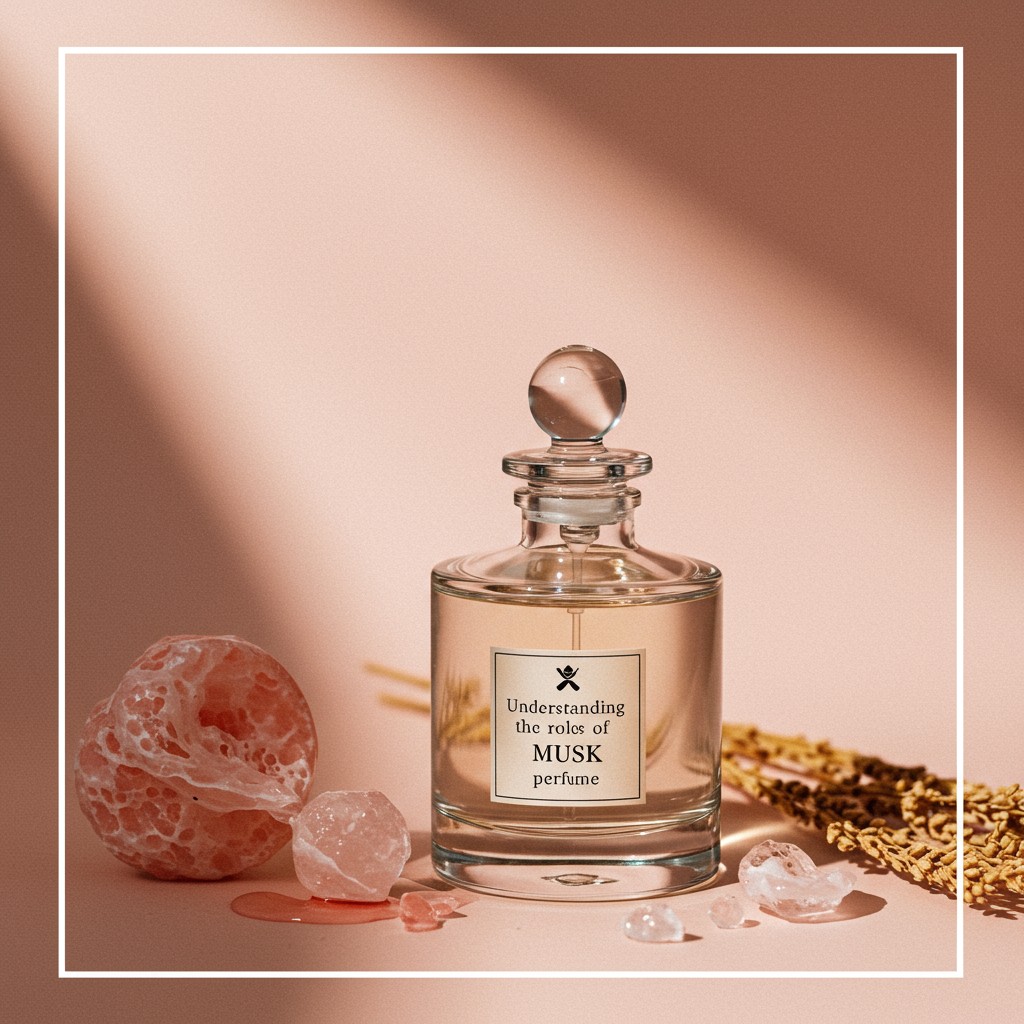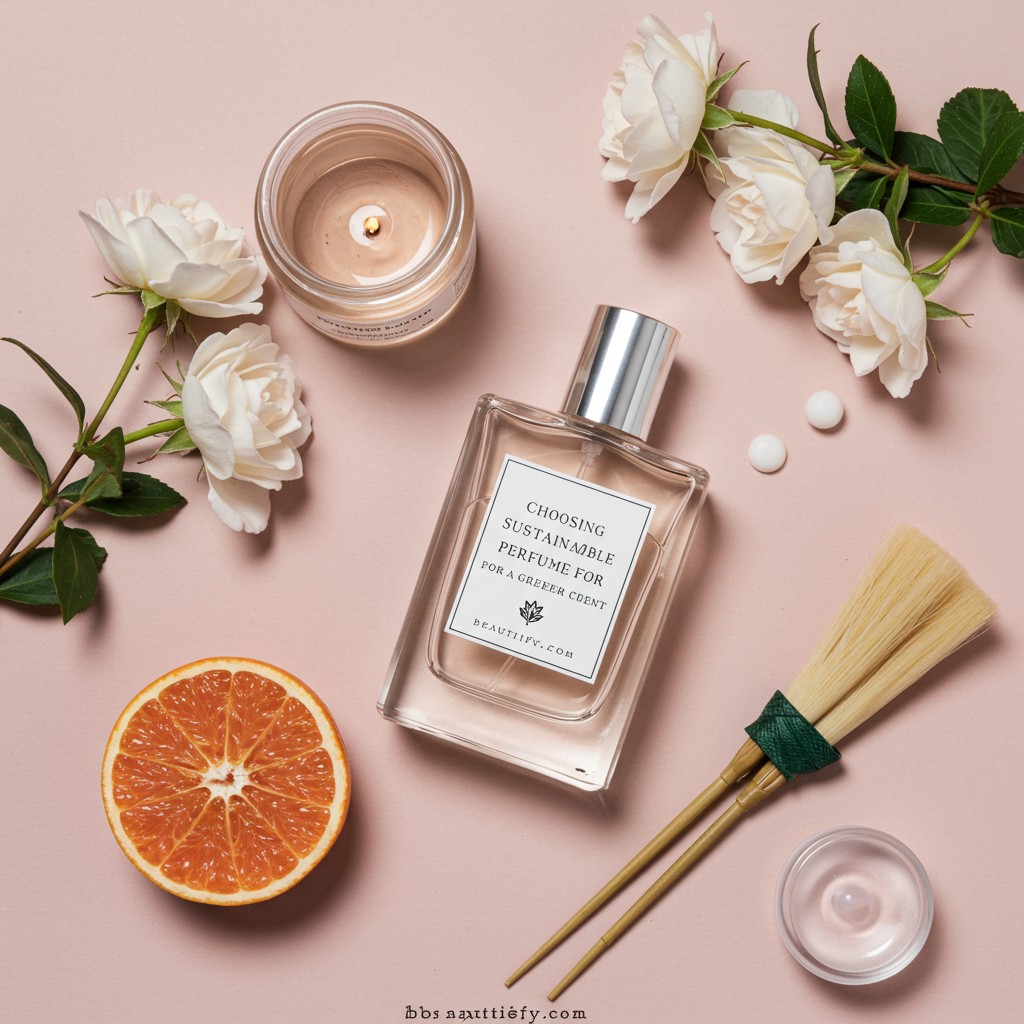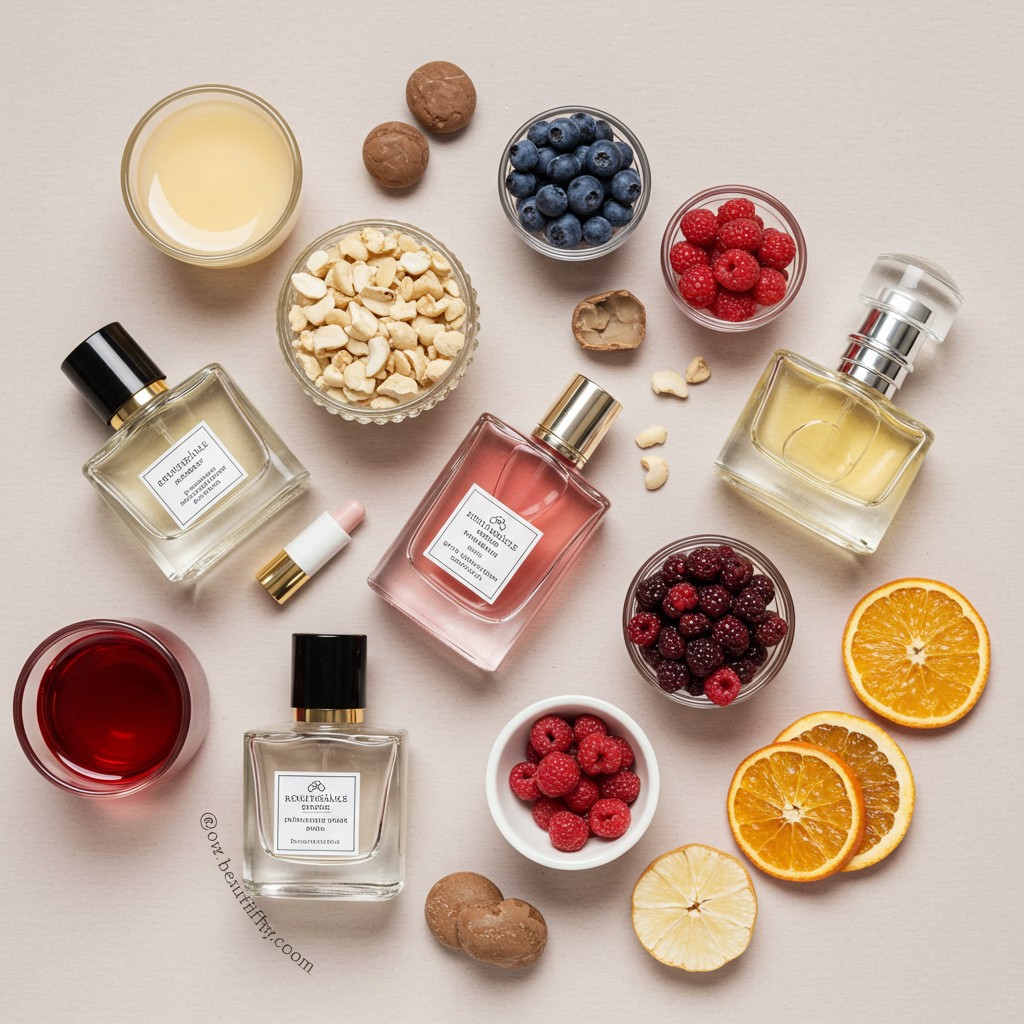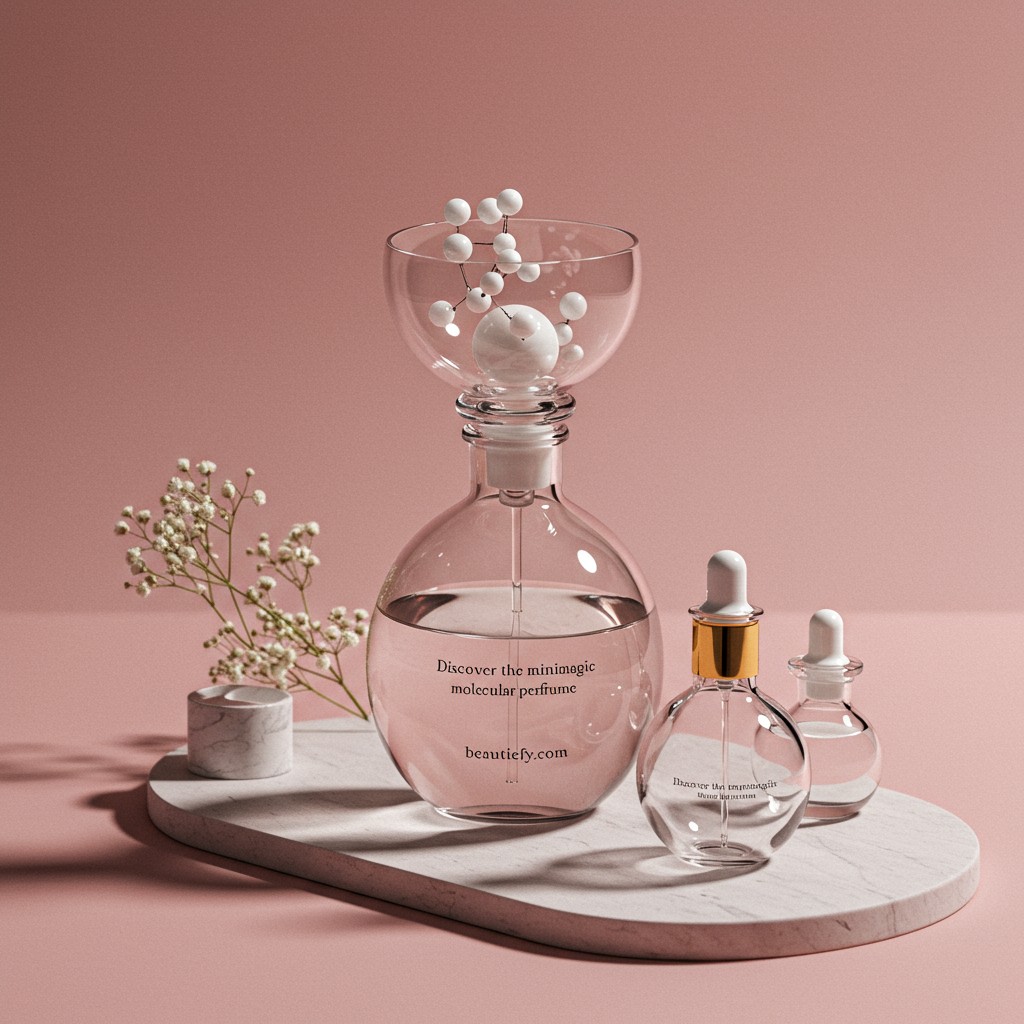The bottle of perfume on your dresser is more than just a beautiful object, it’s the result of a fascinating and intricate process that blends nature, science, and artistry. Have you ever paused to wonder how is perfume made? The journey from a fragrant flower in a field to the liquid gold in a bottle is a testament to human ingenuity and a deep respect for the natural world. At ScentSphere, we celebrate this craft, and we want to take you behind the scenes of the perfume making process.
It all begins with the source, the perfume ingredients. These can be flowers, woods, spices, fruits, resins, and even animal-derived substances (though synthetic alternatives are now more common and ethical). The quality of these raw materials is paramount. A jasmine flower grown in Grasse, France, will smell different from one grown in India due to variations in soil and climate. Perfumers, often called “noses,” meticulously select these ingredients to create a specific scent profile. The harvesting process itself is often a delicate affair, with flowers like jasmine having to be picked by hand at dawn before the sun can alter their fragile scent.
The art of scent extraction
Once the raw materials are harvested, the next crucial step is extracting their aromatic compounds. This is where science truly meets nature. Several methods are used, each suited to different types of ingredients. The goal is to capture the purest essence of the material without damaging its delicate scent molecules. It’s a precise and often lengthy process that requires great skill and expertise.
- Steam Distillation This is one of the most common methods, especially for flowers and plants. The plant material is placed in a still, and steam is passed through it. The steam ruptures the plant’s cells, releasing the aromatic oils. The resulting vapor, a mix of steam and oil, is then cooled, which condenses it back into a liquid. The essential oil, being lighter than water, is then separated.
- Solvent Extraction For delicate flowers like jasmine or tuberose, which can’t withstand the high heat of distillation, solvent extraction is used. The flowers are bathed in a solvent that dissolves the aromatic compounds. This process creates a waxy substance called “concrete.” The concrete is then mixed with alcohol to isolate the pure fragrant oil, known as an “absolute.”
- Expression This method is typically used for citrus fruits. The rind of the fruit is simply pressed, either mechanically or by hand, to squeeze out the essential oils. It’s a straightforward process that captures the bright, zesty character of citrus perfectly.
Blending, aging, and bottling
After extraction, the real artistry begins. The perfumer, with a palette of hundreds of different essences, starts the blending process. This is where the perfume’s unique character is born. A fragrance is composed of top, middle, and base notes that unfold over time. The perfumer carefully combines different ingredients in precise proportions to create a harmonious and balanced composition, known as an “accord.” This stage can take months, or even years, of experimentation to perfect.
Once the final blend, or “juice,” is created, it’s not immediately ready. It needs to be aged or matured for several weeks or months in a cool, dark place. This allows the different notes to meld together, creating a more cohesive and complex scent. After aging, the concentrate is diluted with a specific amount of alcohol and a small amount of water. The alcohol acts as a carrier for the fragrance and helps it project from the skin. Finally, the perfume is chilled and filtered to remove any impurities before it is bottled, packaged, and sent on its way to become a part of someone’s story. It’s a remarkable journey of transformation, and you can explore the beautiful results in the ScentSphere shop.
What are the main methods for extracting scents from flowers
The primary methods are steam distillation where steam captures the oils solvent extraction used for delicate flowers and enfleurage an older method where petals are pressed into fat. The choice of method depends on the fragility of the flower.
How many flowers are needed to produce a small amount of perfume
The amount is staggering. For example it can take over 10000 jasmine flowers or several thousand roses to produce just one milliliter of essential oil making these natural ingredients incredibly precious and costly.
What is the role of alcohol in the perfume making process
Alcohol serves as a carrier for the fragrance oils. It dilutes the concentrate to a wearable strength helps the scent project from the skin and also acts as a preservative for the delicate aromatic compounds in the blend.







